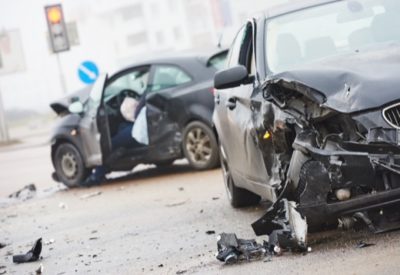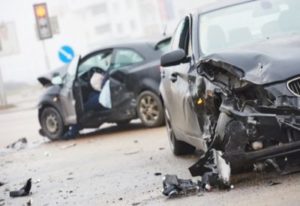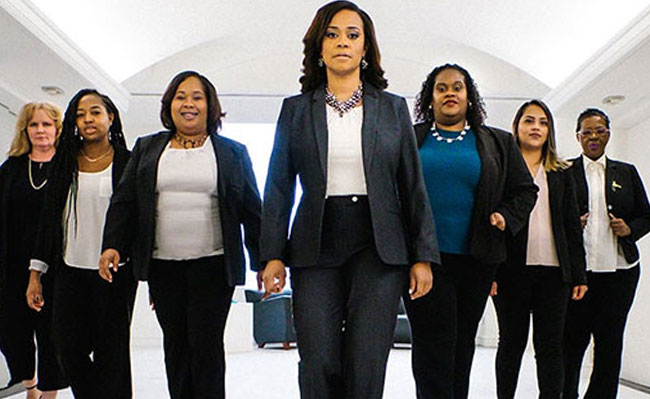
According to a February 2017 article on WALB, a teen died in an Albany car accident and his brother was left in critical condition. The accident happened at South Valencia Drive and West Lincoln Avenue.
A 19-year-old male driver was traveling toward Valencia Drive towards Lincoln prior to allegedly accelerating the car quickly. He then lost control of his vehicle and hit two trees. His brother, 17 years at the time of the crash, was in the passenger seat of the vehicle.
The 19-year-old died at the crash. At the time of the report, police were investigating what happened to cause the driver to accelerate and crash.
In many car accidents in Albany, a car accident may be caused by more than just one factor. For instance, one driver may run a red light on a road riddled with pot holes and crash into another vehicle. The condition of the Albany roadway, along with the driver being distracted may have caused the accident that injured the other driver or passenger.
However, some Albany car accidents are caused by both the accident victim and another driver.
To Sue for an Albany Car Accident, You Must Prove Negligence
Negligence is the foundation of any personal injury accident. If the accident happened for no reason or it was just a fluke, then the accident victim cannot not sue. Negligence is failing to do the reasonable and responsible thing. Doing the wrong thing in an accident is a failure, or breach, of a legal duty.
In a traditional accident case, a plaintiff sues a defendant for money. The defendant may counter sue for their own damages. The latter may or may not happen. The plaintiff’s attorney has the responsibility of showing that their client was harmed because of the defendant’s negligence. This is done by showing a judge or jury negligence in four specific ways. The first way is to establish that the plaintiff had a duty not to harm injury victim. Everyone who drives has a legal duty to drivers, pedestrians and vehicle passengers. The legal duty is a standard requiring the defendant to operate a motor vehicle while protecting people like the plaintiff.
When the protection does not happen, it may be negligence. That does not mean that the defendant is automatically liable. It means the attorney must show that the defendant breached their legal duty to the plaintiff. This violation happens by causing the accident that injured the plaintiff.
The case is not won at that point. The attorney has to establish that the defendant’s negligent act caused the plaintiff’s injuries. The law assumes that the plaintiff was not injured by the defendant. For instance, an accident can happen and no one is injured. Another possibility is an accident may happen and the plaintiff claims they were injured then, but was actually injured prior to the crash.
That is why an Albany car accident attorney has the task of connecting the plaintiff’s injury to the defendant’s negligent action. After those three elements are shown, the court allows the plaintiff to discuss damages.
Albany’s Comparative Fault Compares Negligence of Both Parties for an Albany Car Accident
When a plaintiff and defendant are negligent or at fault for causing the accident, the defendant can use comparative negligence as a defense. According to personal injury law, a plaintiff injured in an Albany car accident has the responsibility to protect themselves from injury by not causing a wreck.
The comparative fault defense asks the judge or jury to determine the fault of the plaintiff in causing the accident. It becomes a game of percentages. The higher the plaintiff’s percentage, the less the defendant must pay them.
General comparative fault law lets a plaintiff receive money even if they were 99 percent at fault for the crash. However, Georgia has a different form of comparative negligence. It is called modified comparative negligence.
Modified Comparative Negligence and Compensation in an Albany Car Accident
Modified comparative negligence places a cap, or limit, on plaintiff negligence. Like general comparative negligence, in cases of modified comparative negligence a judge or jury must compare the fault of both parties.
For example, the plaintiff may have been distracted while driving. However, the defendant ran a red light. Both parties are at fault, so it is up to the presiding judge or jury to determine who was more negligent.
A plaintiff must be 49 percent or less at fault than the defendant to collect damages. For instance, a jury or judge decided a plaintiff was 50 percent at fault for the crash. As such, they will not receive any damages like money for their medical bills or lost wages. However, if they were 20 percent liable for the accident, the defendant would have to pay 80 percent of their damages.
Contact Council & Associates, LLC Regarding Your Albany Car Accident
If you are suffering from injuries following an Albany car accident and you were only partially at fault for the wreck, then you could be entitled to some form of compensation from the other driver. To discuss the details of your case, reach out to the skilled attorneys at Council & Associates, LLC today. With years of experience in personal injury and car accident law, your attorney can help you seek the damages you deserve.



